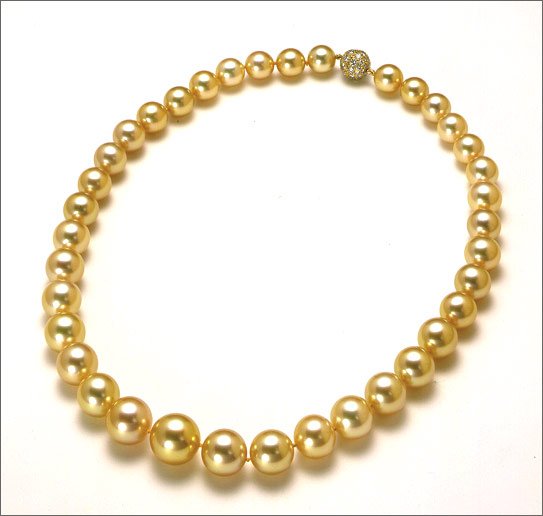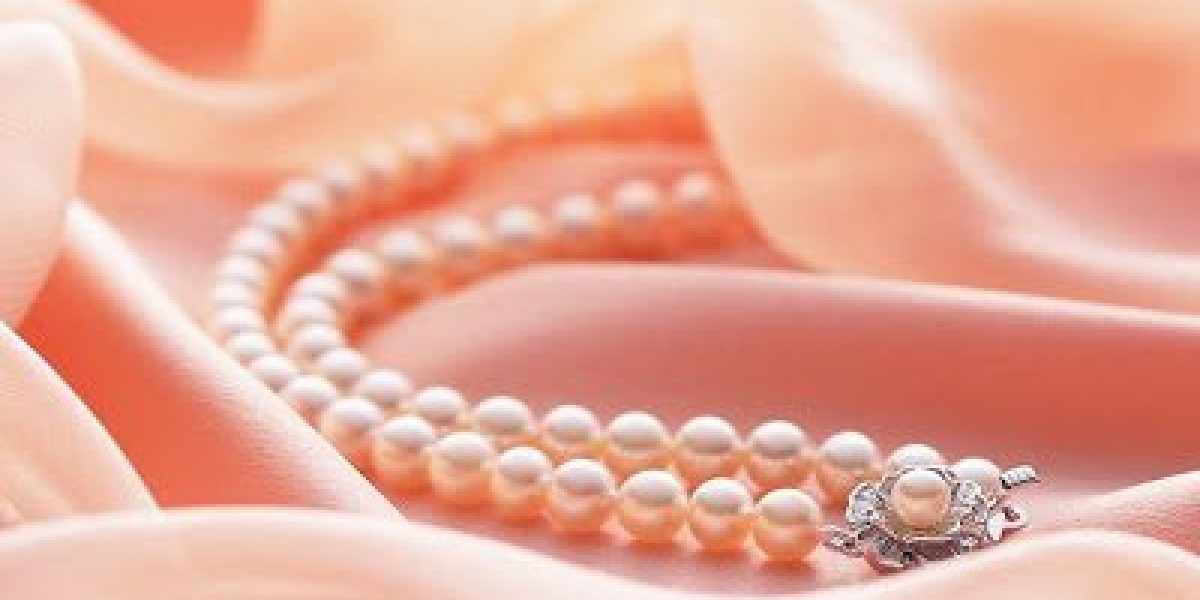

With the spread of natural pearls, in 17th century a clever rosary-bead craftman found by accident the method to craft imitations of this precious natural gem with a pearlescent mixture, now famous as “orient essence“.

Even if nowadays this special mixture is used to craft high quality imitations, like the Majorca pearls, there are several other types of imitations:
– glass beads filled with beewax, created with the original process and easily found in antique jewellery;
– solid glass beads, like the Majorca ones, coated with pearl essence or other mixtures, for example plastic, cellulose or varnish, up to 40 layers;
– plastic pearls, of very low quality, that can have the same treatment of the solid glass ones;
– mother-of-pearl beads, obtained from the mother-of-pearl layer inside the shell of the mussel, and frequently descripted “semi-cultivated”, atering the meaning of imitation to make it more tempting to the costumer and defining them very valuable, even if they are available for a few dollars per rope.
Imitations, born before the official cultivation to provide a less expensive and rare substitute for natural pearls, have soon become the first way to obtain pearls at a greatly lower price than the natural ones, even if extremely inferior about beauty and autenticity.
Similar Posts

Copyright © 2022 Adriano Genisi
VAT n° IT03492950245 – n° REA VI-329782